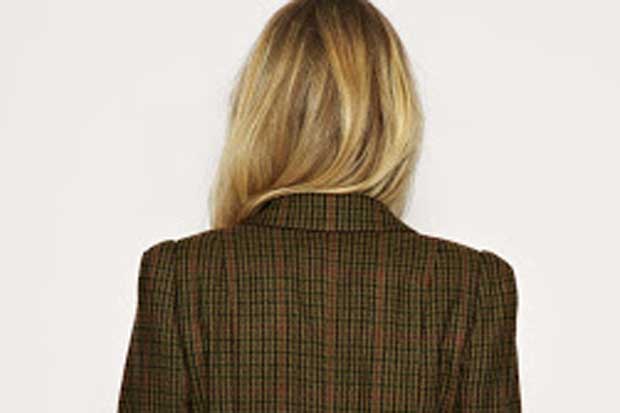‘It’s not right, is it?’ said Veronica, pointing to a poster for H&M women’s blazers at £17.I agreed. But she meant it was not right to sell clothes for so little,if it required people abroad to work for such low wages. I meant that it was not right to call the garment a blazer.
I first noticed this puzzling extension of the use of blazer at Jack Wills, which, by its own account, ‘was launched in 1999 in Salcombe, Devon, designing British heritage-inspired goods for the university crowd’. The university crowd, was, it seems, easily persuaded to start calling woollen tweed jackets blazers.
When my husband was young, in the last century, there was a class distinction between calling a tweedy garment of this kind a sports coat (U) and a sports jacket (non-U). I’m not sure this was justified historically. Both terms originated in the early 20th century. In the 1950s, L.P. Hartley (born 1895) wrote of ‘Sunday wear, a sports coat and flannel trousers’ and, in 1962, J.D. Salinger (born 1919) of ‘blue jeans and a gruesome sports jacket’. But tweed is a long way from the original idea of something with blazing colours. ‘The latest novelty for the river,’ said the Durham University Journal in 1891, ‘is flannels, a blazer, and spats.’ Spats! Now you’re talking.
When P.G. Wodehouse published Young Men in Spats in 1936, Catsmeat Potter-Pirbright or Oofy Prosser, admittedly denizens of a timeless lotus-eating world, would never wear blazers in Dover Street, home of the Drones club. Spats, as an abbreviation of spatterdashes had been in use for a century, and spatterdashes had denoted a kind of gaiter since the 17th century. How quick was their fall.
The blazer, as a thing, not a word, had its own social demise.







Comments
Join the debate for just £1 a month
Be part of the conversation with other Spectator readers by getting your first three months for £3.
UNLOCK ACCESS Just £1 a monthAlready a subscriber? Log in